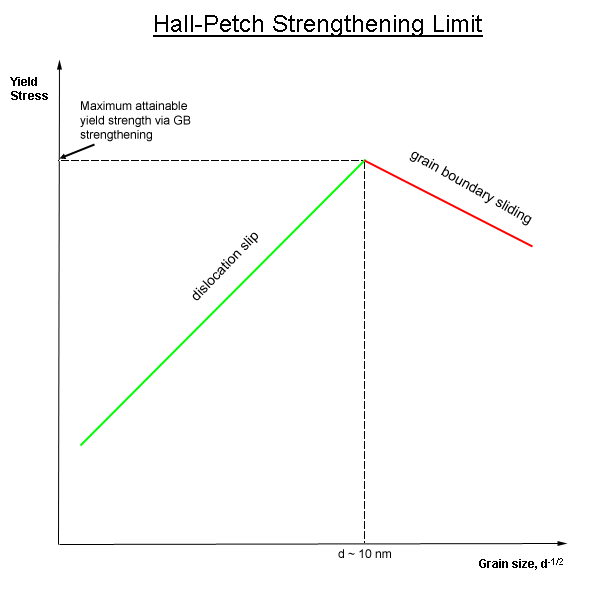
It is reasonable to suppose that where precipitation of a second phase occurs from the supersaturated solid solution, it occurs more readily in those regions where disorder is greatest, and it would, therefore, be expected that grain boundary precipitation would vary in this manner. It would be expected, therefore, that any phenomenon depending upon the degree of disorder existing at the boundary would vary in magnitude according to the relative orientations of the grains meeting at the boundary, and with position in the boundary between two given crystal grains if the boundary changed in direction. Lateral misalignment of crystal planes would also be expected to produce ‘lack of fit’ at the grain boundaries, but this effect is most probably smoothed out by the imperfections in the crystal structure. In addition, the direction of the boundary itself relative to the grains would be expected to produce an effect. Second, they obtain the same GB mobility but different energies ( \sigma2. First, these two GBs have the same boundary energy but different mobilities ( m2 2\cdot m1 m2 2 m1 ). There thus exists a region, a few atomic diameters in thickness, over which a state of disorder exists, the extent of which will be expected to depend upon the relative orientation of the two lattices there will exist angles for which this disorder is a minimum, an obvious example being the twinning angle. We performed two tests where different properties were assigned to GBs formed by the two circular grains and the matrix. In this overview, we review the history and theory of grain boundary complexion transitions, their role in materials processing and their effect on materials properties.ACCORDING to the transition lattice theory, since in pure metals and single-phase alloys the only difference between the two grains which meet at a boundary is one of direction, the atoms at the boundary take up positions representing a compromise between the two crystal lattice directions. Grain boundary complexion transitions are the root cause of a wide variety of materials phenomena – such as abnormal grain growth, grain boundary embrittlement and activated sintering – that have defied mechanistic explanation for years. The field of grain boundary complexions has evolved rapidly in the past decade due to advances in experimental equipment – in particular, aberration-corrected transmission electron microscopy – and progress in computational simulation methods. We give an overview of complexion-related terminology, suggest a preferred nomenclature and discuss a classification framework that can be used to categorize complexions and complexion transitions. In many cases, several terms exist that describe essentially the same phenomenon. Acknowledgments: This project is supported by National Science Foundation under award number ACI-1550404. A variety of terminology has been used to describe complexions and complexion transitions. Grain A size (u.c.): Grain B size (u.c.): Delete layer Tolerance factor () Vacuum size () Extra IF distance () Primitive GB Output format: Select an initial structure. Lets start by importing some EBSD data and computing grain. Most natural and technologically important crystalline materials are polycrystalline, and therefore contain a network of grain boundaries (interfaces between neighboring pairs of grains with different crystallographic orientations) that strongly influence their material properties.

To differentiate these interfacial states from bulk phases, the term “complexion” has been introduced. In this section we discus geometric properties that can be derived from grain boundaries. Therefore, grain boundaries (and other interfaces such as surfaces and heterophase boundaries) can be treated as thermodynamically stable interfacial states.

Grain boundaries exhibit phase-like behavior in which their structure, chemistry and properties may change discontinuously at critical values of thermodynamic parameters such as temperature, pressure and chemical potential.


 0 kommentar(er)
0 kommentar(er)
